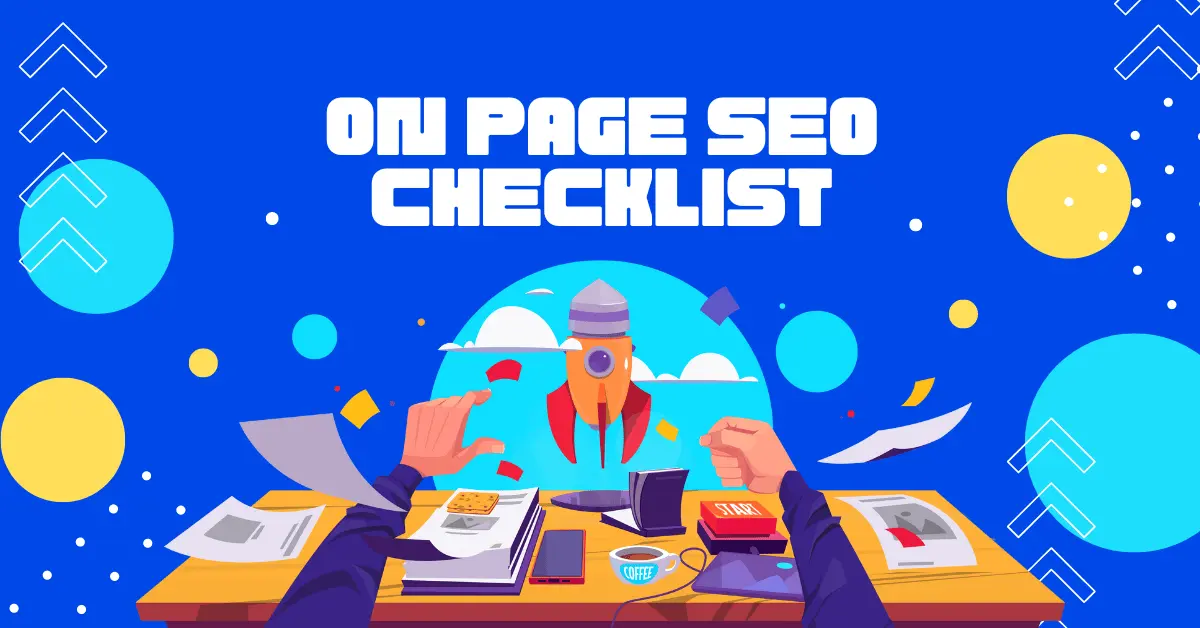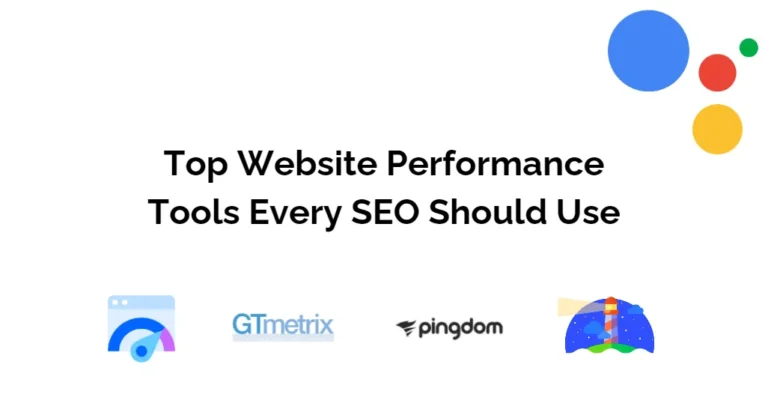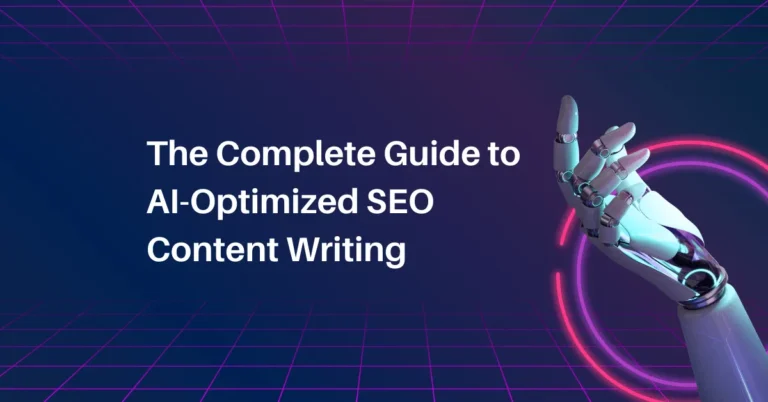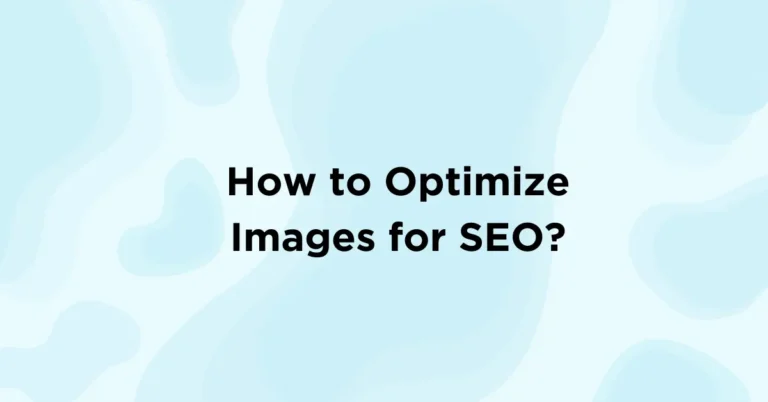One of the most critical components of this is on-page SEO. On-page SEO is the process of making each web page rank higher in search engines and gets more relevant traffic.
As an SEO expert, I know how important it is to have a strong presence online.
In this article, I will share with you my ultimate on-page SEO checklist that will help you boost your rankings today.
Introduction to On-Page SEO
On-page SEO is the process of optimizing the content and HTML source code of a web page to improve its relevance and rank higher in search engines.
Unlike off-page SEO, which focuses on external factors like backlinks and social signals, on-page SEO is completely within your control.
When done in the right way, on-page SEO can help you improve your website’s:
- User experience
- Increase engagement
- Drive more conversions
The Importance of an On-Page SEO Checklist
An on-page SEO checklist is a comprehensive guide that outlines all the necessary steps to optimize a web page for search engines.
Having a checklist ensures that you don’t miss any critical on-page SEO elements, which can impact your search engine rankings.
By following a checklist, you can ensure that your pages are optimized for both search engines and users.
When optimizing your website for search engines, it’s crucial to focus on the on-page elements that carry the most weight. I’ve covered this topic in more detail in my blog post on which on-page element carries the most weight for SEO.

On-Page SEO Checklist: URL Structure and Page Title
The first element of my on-page SEO checklist is URL structure and page title.
Your page title and URL are the first things that search engines and users see. So, it’s essential to make them both relevant and descriptive.
Your page title should be no more than 60 characters and include your primary keyword.
Your URL needs to be short, descriptive, and include your primary keyword.
On-Page SEO Checklist: Meta Description and Header Tags
The next element on my on-page SEO checklist is the meta description and header tags.
The meta description is a summary of your web page’s content that appears in search engine results.
It shouldn’t be longer than 155 characters and should include your primary keyword.
Header tags (H1, H2, H3, etc.) help organize your content and make it easier for users to navigate.
Your H1 tag should include your primary keyword, and the next header tags should be used to break up your content into sections.
On-Page SEO Checklist: Keyword Research and Placement
Keyword research and placement are critical elements of on-page SEO.
Before you can optimize your content, you need to know which keywords to target.
Use a keyword research tool to identify relevant keywords with high search volume and low competition.
Once you’ve identified your target keywords, place them strategically throughout your content, including in your page title, URL, meta description, header tags, and body content.
But, avoid overusing keywords, as this can lead to keyword stuffing penalties.
For more information on keyword research in SEO, be sure to check out my blog on the topic.
On-Page SEO Checklist: Content Optimization and Internal Linking
Content optimization and internal linking are essential for on-page SEO.
Your content should be interesting, high-quality, and full of valuable information.
Use subheadings, bullet points, and pictures to break up your content and make it easier to read.
Additionally, link to other relevant pages on your website to improve navigation and increase engagement.
If you want to learn more about writing SEO-friendly content, be sure to check out my blog on how to write SEO-friendly content for tips and best practices.
On-Page SEO Checklist: Image Optimization and Alt Tags
Images can enhance the user experience and increase the engagement of your content.
But, they can also slow down your website if they’re not optimized in the right way.
Use compressed images and include descriptive alt tags that include your primary keyword.
This will help search engines understand the context of your images and improve the site’s relevance.
On-Page SEO Checklist: Mobile Responsiveness and Page Speed
Mobile responsiveness and page speed are essential for both search engines and users.
Your site should be easy to use on mobile devices and should load quickly on all of them.
Use a responsive design and optimize your images and code to reduce load times.
Additionally, consider using a content delivery network (CDN) to improve your website’s speed.
On-Page SEO Checklist: Schema Markup and Structured Data
Schema markup and structured data can improve your website’s visibility in search engine results.
Use schema markup to provide search engines with extra information about your content, such as reviews, ratings, and pricing information.
This can help increase click-through rates and improve your website’s relevance.
On-Page SEO Checklist: URL Redirects and Broken Links
URL redirects and broken links can impact your website’s user experience and search engine rankings negatively.
Use a tool like Screaming Frog to identify any broken links and 301 redirect them to relevant pages on your website.
Additionally, check your website regularly for broken links and fix them as soon as possible.
On-Page SEO Checklist: Analytics and Tracking
Finally, analytics and tracking are essential for monitoring your website’s performance and identifying any room for improvement.
Use tools like Google Analytics and Google Search Console to track your website’s traffic, engagement, and search engine rankings.
This will help you identify any on-page SEO issues that need to be addressed.
Conclusion and Next Steps
In conclusion, on-page SEO is crucial for improving your website’s visibility and driving more relevant traffic.
By following this on-page SEO checklist, you can ensure that your web pages are optimized for both users and search engines.
Take the time to put in place these on-page SEO best practices, and you’ll see an improvement in your search engine rankings and online presence.






